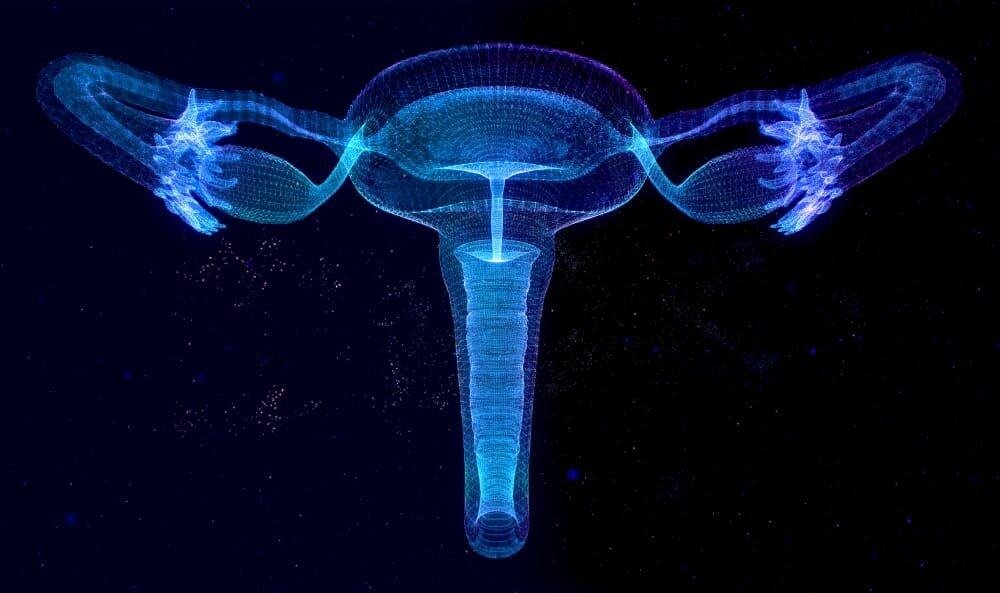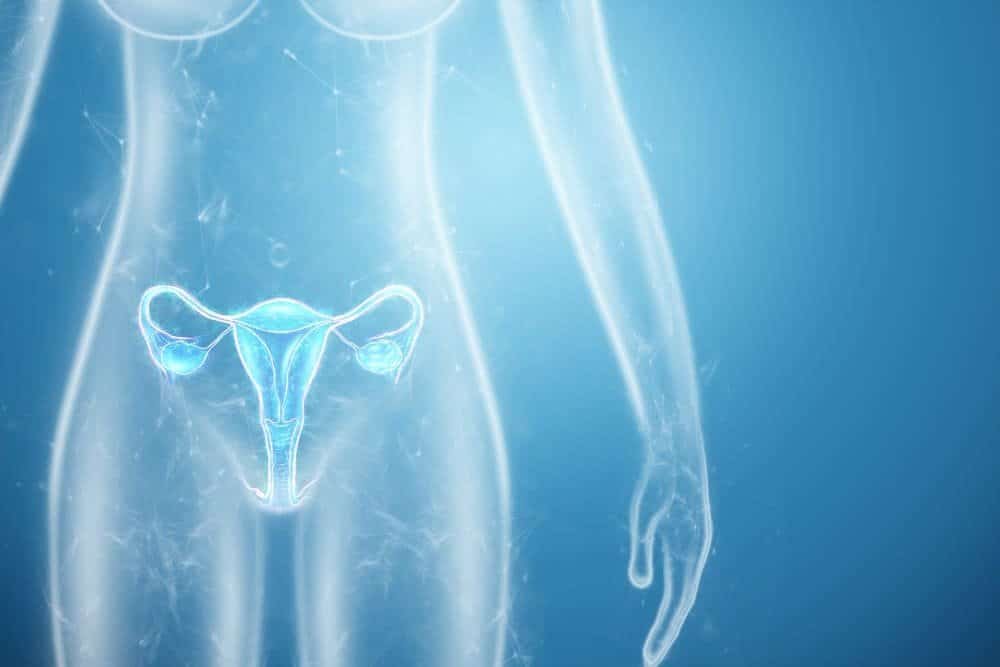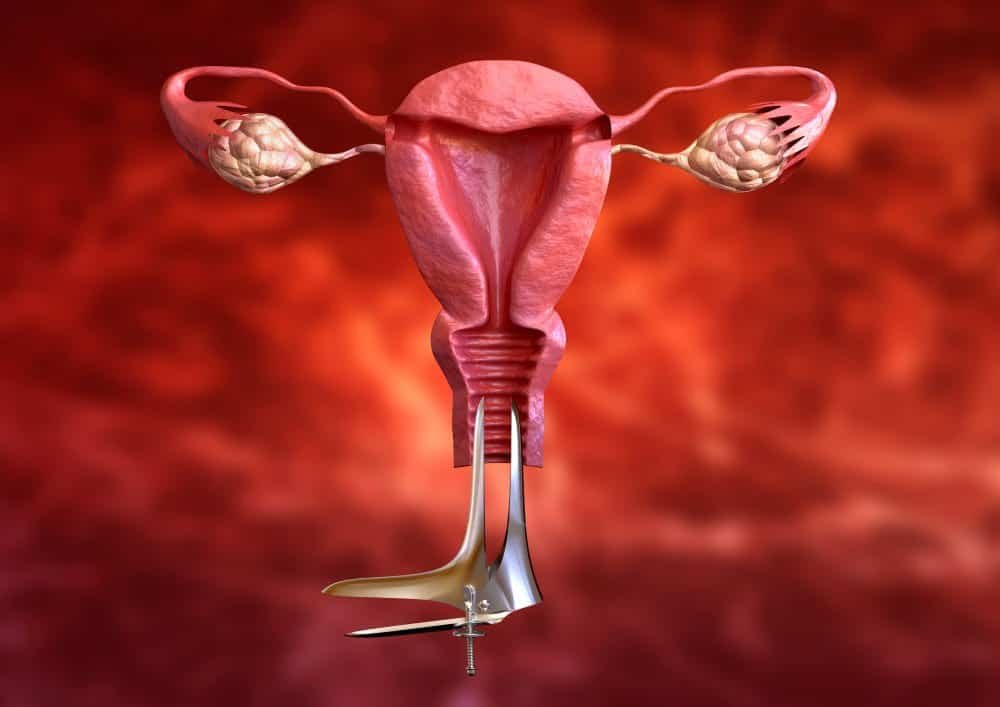When heavy bleeding, pelvic pressure, and pain make everyday life difficult, many women start searching for options — and they often hear about Uterine Fibroid Embolization. Before choosing surgery, understanding this gentle alternative can change everything. 🌼

What Are Uterine Fibroids?
Uterine fibroids are noncancerous growths that develop in the muscle tissue of the uterus. These benign tumors affect millions of women worldwide and can cause significant discomfort. While fibroids are not cancerous, they frequently cause symptoms that impact daily life.
Women may experience heavy menstrual bleeding, pelvic pressure, pain during intercourse, and an enlarged uterus. The condition varies in severity, with some women developing single fibroids while others have multiple growths.
What Is Uterine Fibroid Embolization?
Uterine Fibroid Embolization, also called UFE, is a minimally invasive treatment for uterine fibroids — noncancerous growths inside the uterus that can cause bleeding, pain, and pressure.
Instead of surgically removing fibroids, UFE works by:
- Blocking blood supply to fibroids
- Using tiny particles to cut blood flow
- Causing fibroids to shrink and soften gradually
UFE treats fibroids from within the blood vessels, not through major surgery. This means no large cuts, no uterus removal, and faster healing. 💛
How Does the UFE Procedure Work?
The elegance of the UFE procedure lies in its minimally invasive approach. Here’s a step-by-step look at what happens:
- A Tiny Entry Point: The interventional radiologist makes a tiny nick in the skin, usually in the wrist or groin, to access an artery.
- Guided by Imaging: Using advanced X-ray imaging for guidance, the radiologist expertly navigates a thin, flexible tube called a catheter through the vascular system to the uterine arteries—the main vessels supplying blood to the uterus.
- Blocking the Flow: Once the catheter is in place, tiny, sand-like particles are injected into the arteries that supply blood to the fibroids. These particles flow to the fibroid tissue and block the small vessels, cutting off the blood supply.
- Fibroids Shrink: Deprived of blood, the fibroid tumors begin to shrink and soften. This process leads to a significant reduction or complete elimination of the painful and disruptive symptoms the fibroids were causing.
The surrounding uterine muscle is not harmed because it has a rich supply of blood from other arteries. The entire procedure is precisely targeted at the fibroid growths.
Beyond Traditional Surgery: A Look at Your Options
For decades, the primary treatments for symptomatic fibroids were surgical. A hysterectomy, the complete removal of the uterus, or a myomectomy, the surgical removal of just the fibroids, were the most frequently performed options. While effective, these are major surgical procedures that require cutting, a hospital stay, and a long recovery period.
Many women are hesitant to undergo major surgery and are looking for a less invasive alternative that preserves the uterus. This is where modern medicine offers a better approach.
Why Choose Uterine Fibroid Embolization Over Surgery?
Traditional surgery options like myomectomy or hysterectomy can work — but they are major surgical procedures that may require longer recovery and carry more risks.
UFE offers a smoother approach:
| UFE Benefits | Traditional Surgery |
| No uterus removal | Possible removal of uterus |
| No abdominal incision | Cutting through abdominal muscle |
| Shorter recovery | Longer downtime |
| Lower complication risk | Higher surgical risks |
| Preserves the uterus | Hysterectomy ends fertility |
For many women, UFE offers relief without losing fertility or undergoing major surgery. ✅
Who Performs UFE?
UFE is performed by a vascular and interventional radiologist, a physician specially trained to treat conditions using imaging-guided techniques instead of open surgery.
Experts like Dr. Samir Abdel Ghaffar — and internationally recognized specialists — use precision imaging and advanced catheters to treat fibroids safely and effectively.
Who Is a Good Candidate for UFE?
You may benefit from UFE if you have:
- Heavy menstrual bleeding
- Fibroid-related anemia
- Pelvic pain or pressure
- Frequent urination
- Enlarged abdomen
- Difficulty tolerating fibroid symptoms
UFE is also helpful if you:
- Want to avoid hysterectomy
- Prefer nonsurgical treatment
- Want a faster recovery
- Have multiple fibroids or deep fibroids
Not all women with fibroids need treatment, but those with symptoms often find UFE life-changing. 💐
What to Expect During and After Treatment
During the procedure: You are awake or lightly sedated — no general anesthesia is required. You feel minimal discomfort.
Post-procedure:
- Go home same day or next day
- Rest for a few days
- Resume most activities within a week
Most women notice symptom improvement within weeks, with continued fibroid shrinkage for 3–6 months.
Potential Complications & Long-Term Considerations
While UFE is considered safe and highly effective, like any medical treatment it can have potential risks:
- Temporary pelvic cramping
- Low-grade fever
- Spotting or discharge
- Rare infection
Long-term side effects of UFE may include:
- Rare fibroid recurrence
- Menstrual changes in women close to menopause
UFE does not cause cancer and does not turn benign fibroids into cancerous tumors.
If cancer is suspected (very rare), doctors recommend biopsy or different treatment — UFE is for benign growths, not malignant ones.
Frequently Asked Questions
Does UFE treat all fibroids?
UFE can treat multiple fibroids at once and works for most types and sizes.
Is UFE painful?
Most women feel cramping after the procedure, similar to heavy period cramps. Pain medicine helps.
Can fibroids come back?
Recurrence is possible but uncommon; most women experience long-term relief.
How soon can I get pregnant after UFE?
Discuss pregnancy plans with your doctor — some women conceive after UFE, but timing and evaluation are important.
A Modern, Gentle, Effective Option
If you are tired of living with the pain and inconvenience of uterine fibroids, you have options. Uterine Fibroid Embolization is a safe, effective, and minimally invasive treatment that has changed the lives of women around the world.
As a leader in interventional radiology, Dr. Samir Abdel Ghaffar is dedicated to providing personalized care and the most advanced treatments. He and his team will answer all your questions and help you determine if UFE is the right choice for you. Interventional radiology also offers innovative treatments for other conditions, such as prostatic artery embolization for an enlarged prostate, showcasing the power of this medical specialty.
Take the first step toward a more comfortable, symptom-free life. Contact us to schedule a consultation with Dr. Samir and learn more about your treatment options. You don’t have to let fibroids control your life any longer. 💪

 العربية
العربية 

